2020 Lamborghini Huracan EVO Breaks Cover With 640PS, Rear-Wheel Steering
Lamborghini’s newest iteration of the Huracan is dubbed the EVO and features a fully-integrated Vehicle Dynamics Control System, new infotainment technology with advanced connectivity and can accelerate from zero to 100 km/h (62 mph) in just 2.9 seconds.
We already knew that it was going to be called the ‘EVO’ thanks to a recently released teaser of a Lamborghini invite-only app, offering us a pretty good look at the Huracan’s upgraded styling.
Lamborghini gave the Huracan EVO a new front bumper, featuring a front splitter with integrated wing design, aiding airflow. Meanwhile, the larger air intakes boast the automaker’s signature Y-shape, while the profile reveals a new wheel design and new side air intakes.
However, it’s the rear end that arguably makes the revised Huracan stand out the most. The twin exhaust tips are positioned higher up in the rear bumper, while the upper end of the rear section features an integrated, slotted spoiler for increased downforce.
The car’s floor is all about maximizing aerodynamic efficiency. In fact, according to Lambo, the Huracan EVO’s airflow-friendly styling improves downforce and overall aerodynamics by more than five (!) times compared to the first-generation Huracan.
“Lamborghini is intent on leading the advance to the highest level of super sports car technologies and driving emotion. This is the essence of the new Huracán EVO. It takes the extraordinary abilities of the Huracán Performante and combines state-of-the-art vehicle dynamic control to amplify the everyday Huracán driving experience,” stated the company’s CEO, Stefano Domenicali. “The Huracan EVO is the very definition of evolution: it is a step ahead, redefining the segment parameters. It is remarkably easy to drive, while delivering the most responsive, sensory and agile driving experience, in every environment.”
Inside the Huracan EVO you’ll find dedicated ‘EVO’ trim in an Alcantara and leather trimmed interior, with Arancio Dryope details to match the Arancio Xanto exterior on this particular press release model. Available on request are Carbon Forged Composites and Lamborghini’s patented Carbon Skin, to go with the new customizable ambient lighting system.
Customers will be able to choose from a wide range of Style Packs, as well as Lamborghini’s Ad Personam program.
In terms of tech, there’s a new 8.4-inch touchscreen display in the center console, available multi-finger gesture control, Apple CarPlay with smartphone integration, connected sat-nav, web radio, integrated high-capacity hard disk and an optional dual-camera telemetry system.
The Huracan EVO’s 5.2-liter naturally-aspirated V10 now puts down 640 PS (631 HP) at 8,000 rpm and 600 Nm (442 lb-ft) of peak torque at 6,500 rpm, an increase of 30 PS (29 HP) compared to its predecessor. Thanks to a dry weight of 1,422 kg (3,135 lbs), the Italian exotic has a 2.22 kg/hp weight-to-power ratio and accelerates from zero to 100 km/h (62 mph) in just 2.9 seconds. Zero to 200 km/h (124 mph) takes 9 seconds flat, while braking from 100 km/h to a standstill is achieved in 31.9 meters (104 feet). The Huracan EVO’s top speed is rated at more than 325 km/h (202 mph).
Bottom line, performance specs are pretty much identical to those of the Huracan Performante.
Last, but not least, the EVO features new tech such as the Lamborghini Dinamica Veicolo Integrata (LDVI), a central processing unit that controls every aspect of the car’s dynamic behavior, aided by the Lamborghini Piattaforma Inzerziale (LPI), a comprehensive set of accelerator and gyroscope sensors positioned at the car’s center of gravity.
Other noteworthy dynamics features include the rear-wheel steering system, four-wheel torque vectoring system, improved megnetorheological active suspension, new advanced traction control system, upgraded all-wheel drive system, and enhanced steering response.
The Huracan EVO’s starting price is $261,274 in the U.S., while UK buyers will have to spend upwards of £165,256. In China, it will cost 3,298,100 RMB, and in Japan, 29,843,274 YEN.
carscoops
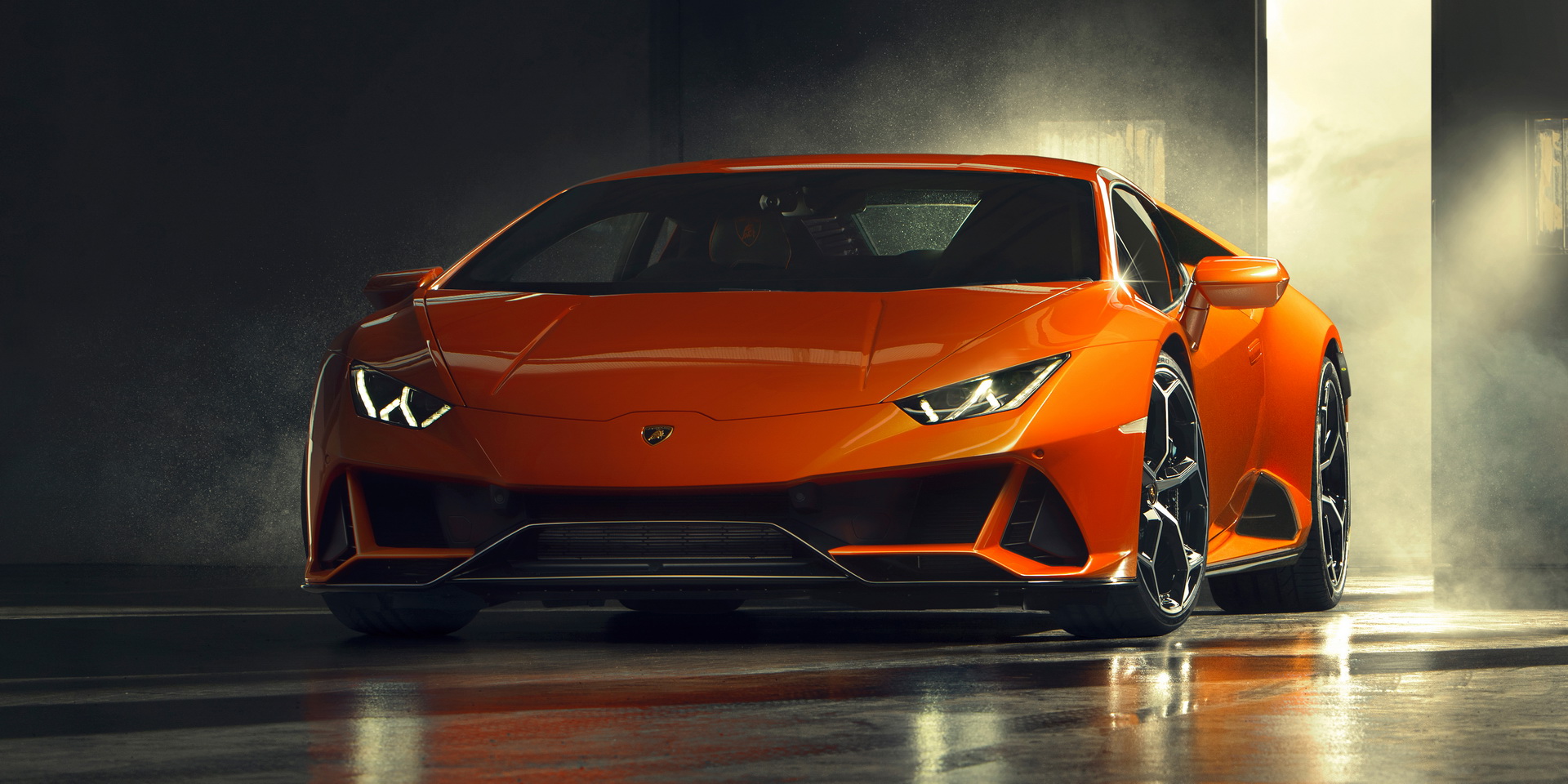
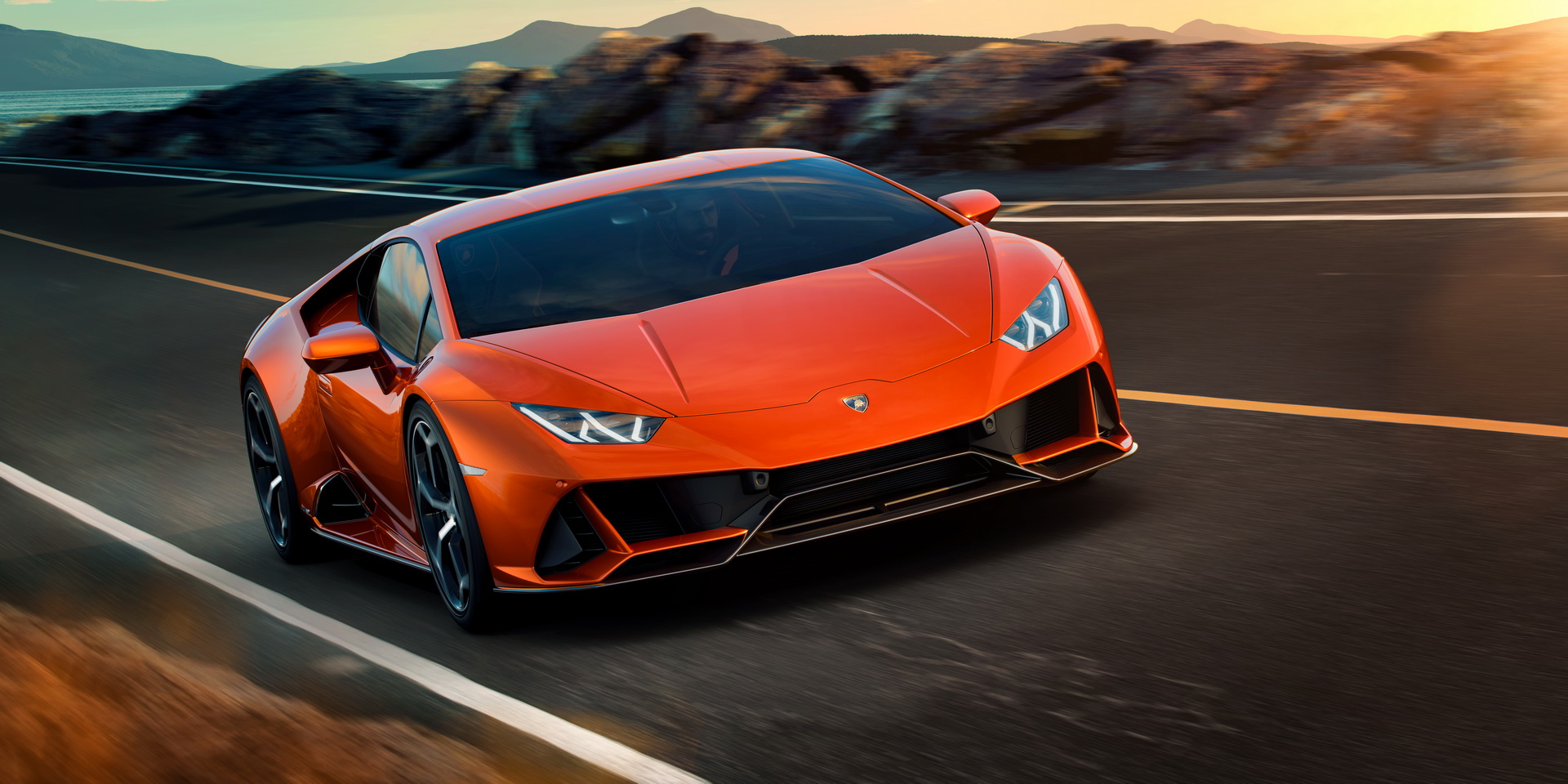

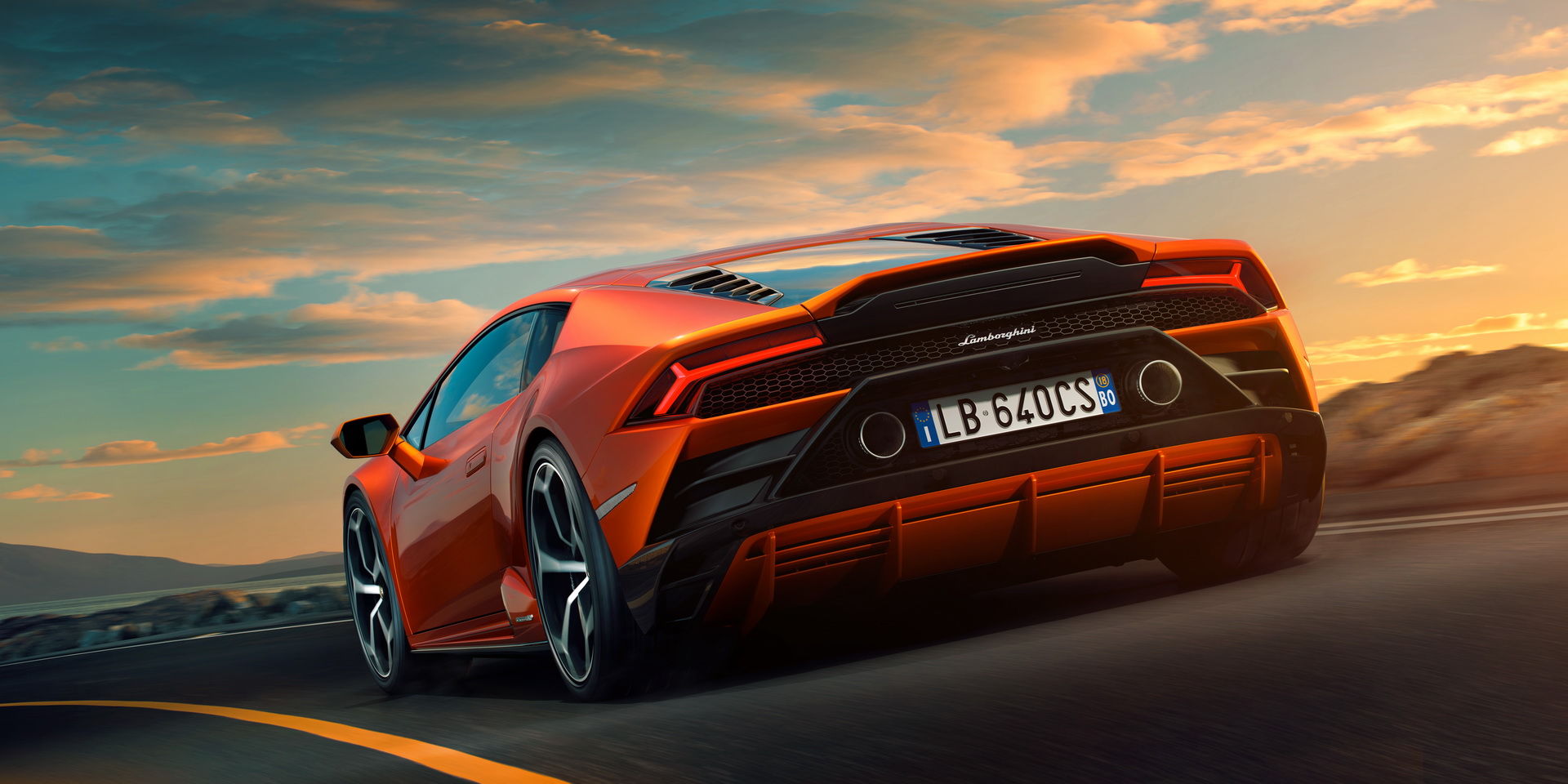


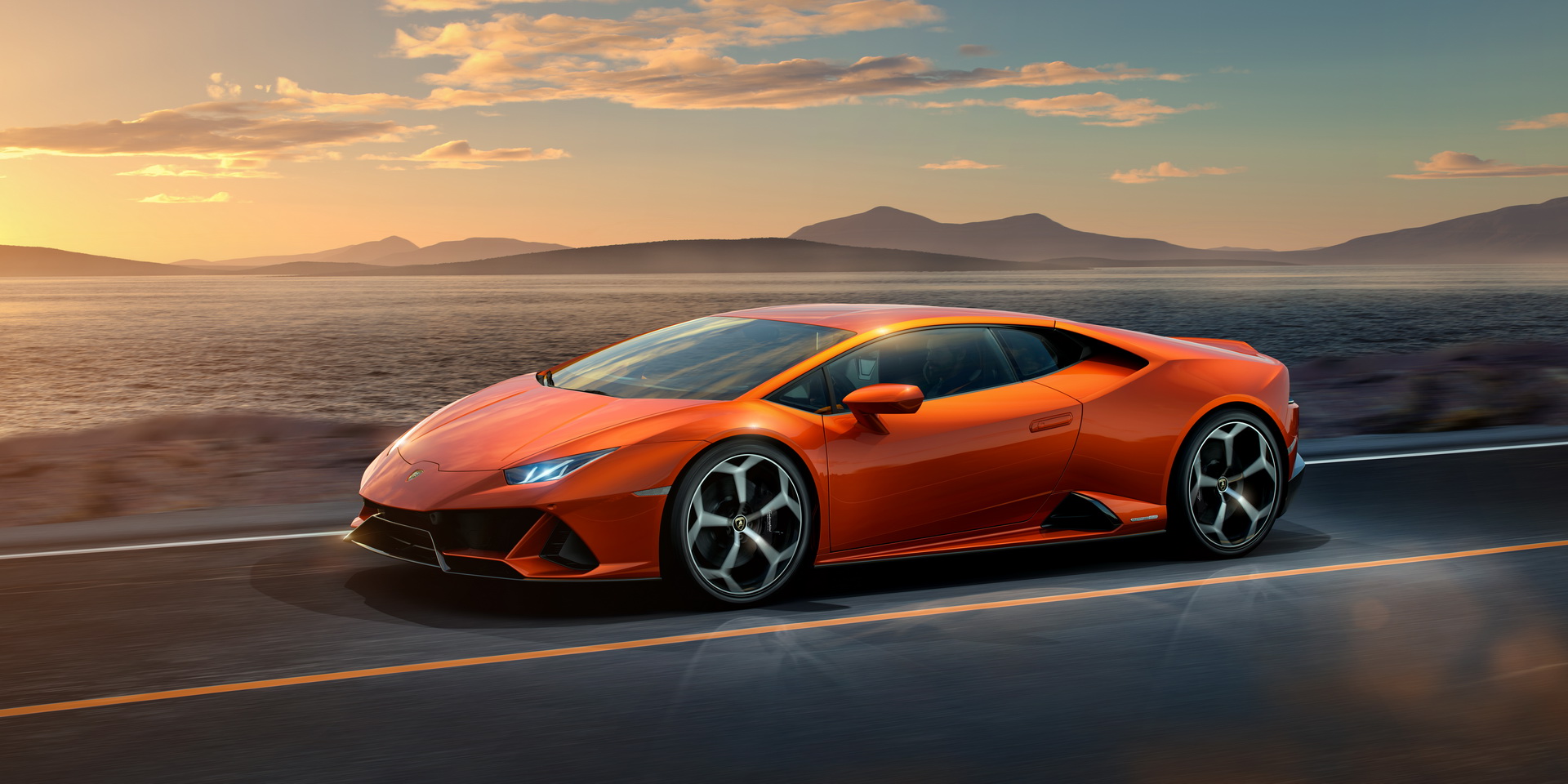

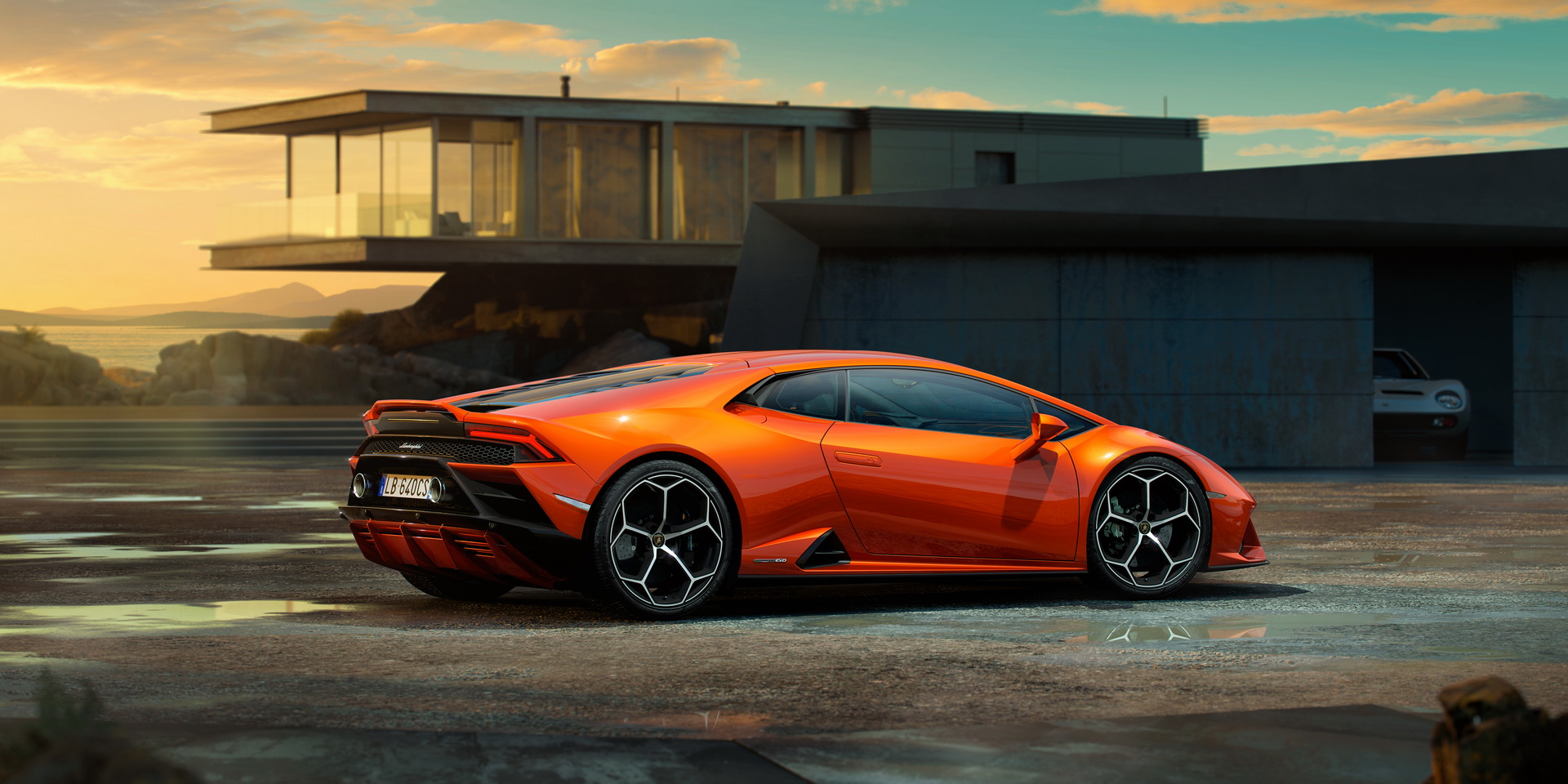

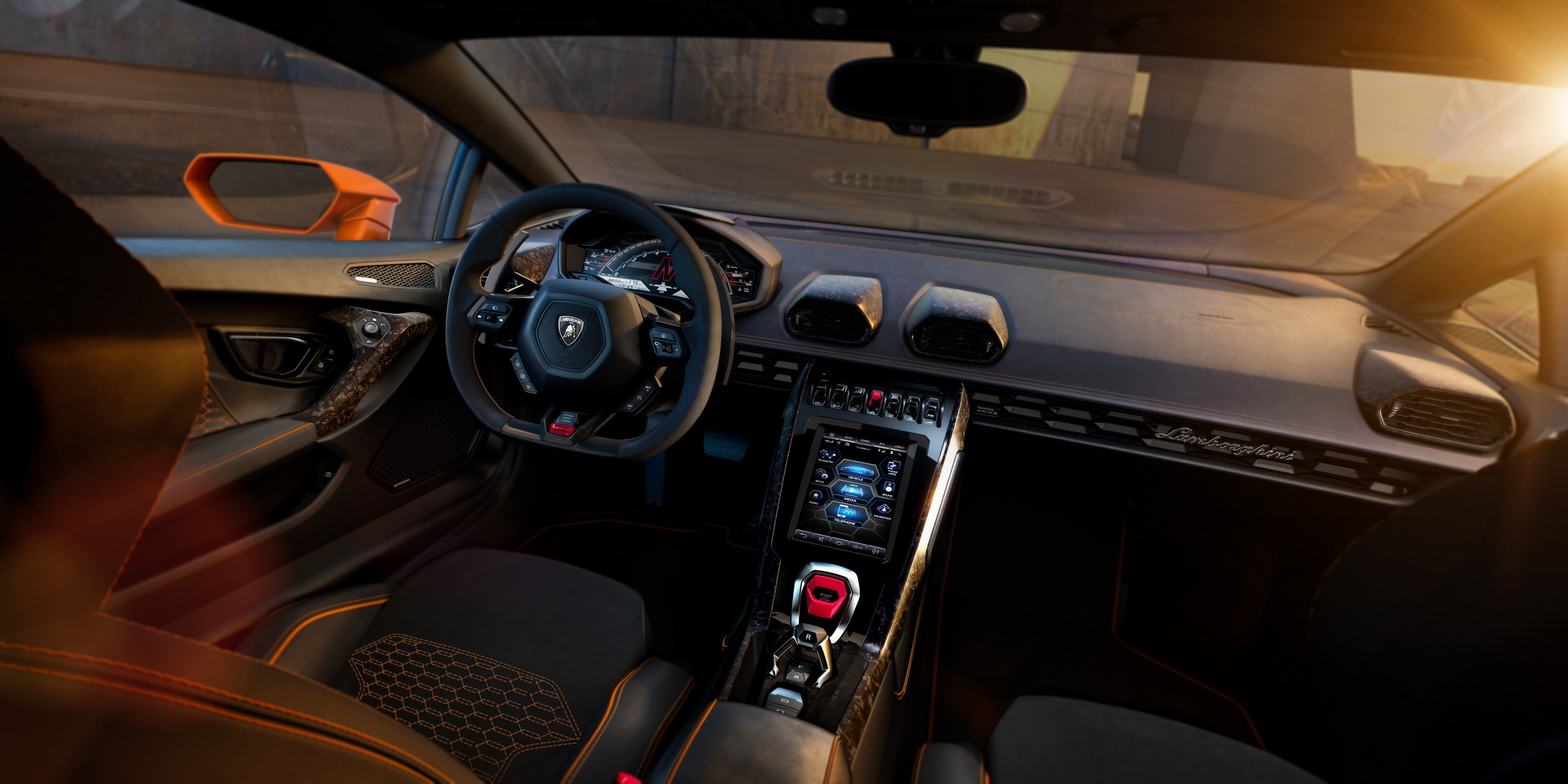




Comments
Post a Comment